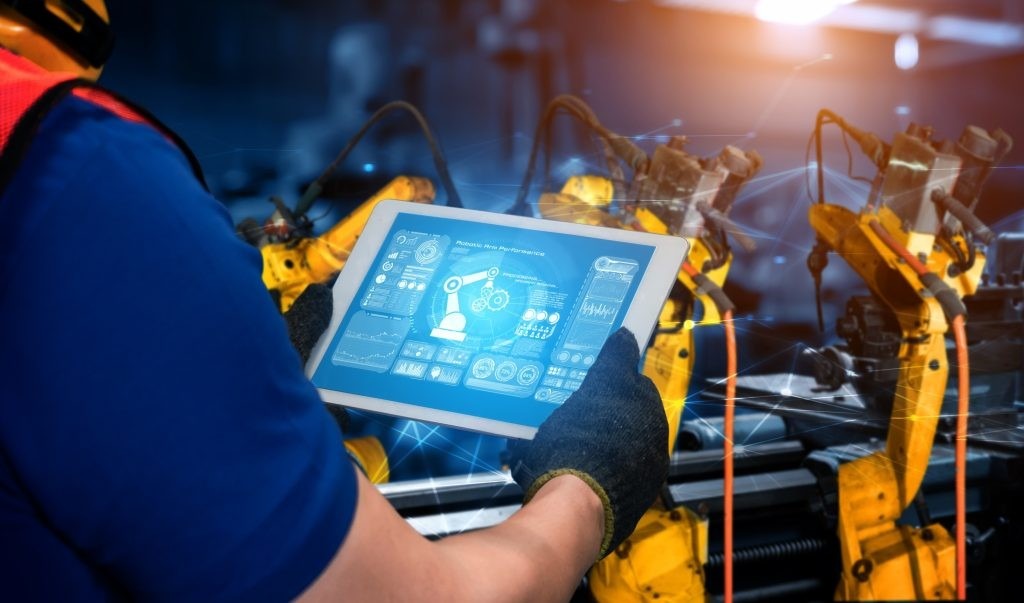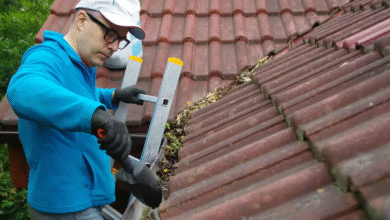Future-Proofing Your Factory: How IoT and Automation are Transforming Polyurethane Processing

In today’s rapidly evolving manufacturing landscape, factories that process polyurethane cannot afford to stand still. With demand rising for high-quality foams, coatings, elastomers, and custom parts, integrating IoT and automation is no longer optional—it is essential for staying competitive. From real-time monitoring to predictive maintenance, these technologies are transforming the way polyurethane is processed, saving costs, improving quality, and preparing factories for the future. Whether you are buying from a polyurethane processing equipment manufacturer or upgrading your existing line, understanding these changes will help you build a future-proof operation that thrives under pressure.
1. Real-time monitoring and data analytics
Sensors everywhere
IoT sensors placed at critical points—mixing chambers, metering heads, curing ovens—collect continuous data on temperature, pressure, flow rates, and more. This data provides operators with insight into exactly how the polyurethane chemistry behaves at all stages.
Analytics for quality and consistency
By streaming sensor data into analytics engines, factories can detect deviations immediately—say a drop in catalyst concentration or a temperature spike that could lead to off-spec material. This reduces scrap and ensures uniformity. Combined with polyurethane casting machines, this level of monitoring helps reduce defects in molded or cast polyurethane components.
2. Predictive maintenance and reduced downtime
Moving beyond scheduled maintenance
Instead of servicing machines on a fixed schedule, IoT allows for condition-based or predictive maintenance. Systems can alert when parts are wearing down, bearings are vibrating abnormally, or when pressure drops beyond thresholds.
Saving both time and money
Downtime in polyurethane processing is costly—missed orders, waste of raw materials, and energy loss. Automation combined with IoT helps avoid sudden breakdowns. Over time, this improves throughput and reliability, which is especially important for operations that rely on polyurethane processing equipment manufacturer-consigned machines or customized lines.
3. Automation in material handling and mixing
Precision in metering and mixing
Automated dosing systems, often robot-assisted or guided by servo motors, deliver exact ratios of polyols, isocyanates, blowing agents, and additives. This precision is critical because minor deviations can affect foam density, elasticity, or hardness.
Reduced human error and safety improvements
Automation reduces manual handling of dangerous or sensitive chemicals, lowering the risk of exposure, spills, or inconsistent batches. It also frees human operators to focus on supervision, optimization, and innovation rather than repetitive tasks.
4. Digital twins and simulation
Virtual replicas of your process
Digital twin technology creates a virtual model of the processing line: mixers, conveyors, curing ovens, molds. Using this model, engineers can simulate changes—altering reaction times, mix ratios, or curing profiles—before implementing them in real life.
Optimizing design without risking material or time
Simulations can help test different formulations (flexible foams vs rigid foams), adjust conditions for polyurethane casting machines, or improve thermal profiles. This drives faster product development and cost savings.
5. Sustainable operations and energy optimization
Tracking energy, waste, emissions
Factories with IoT devices can monitor energy usage per batch, detect leaks or inefficiencies in compressed air, heating, or cooling systems, and measure waste of raw materials.
Green processes add value
Automation helps optimize these sustainability metrics. Customers increasingly demand environmentally responsible production, and regulatory bodies require compliance. With well-integrated systems, factories improve their environmental footprint while reducing operating costs.
To remain competitive, factories must embrace IoT and automation as core pillars of polyurethane processing, whether you are designing new lines or upgrading old ones. From real-time monitoring to predictive maintenance, precision mixing, digital simulation, and sustainability improvements, each strategy helps your plant become more resilient, efficient, and responsive. Choosing the proper polyurethane processing equipment manufacturer and the right polyurethane casting machines ensures that your investments align with these future trends. In doing so, you build a factory that is not just capable today, but ready for whatever tomorrow may bring.



